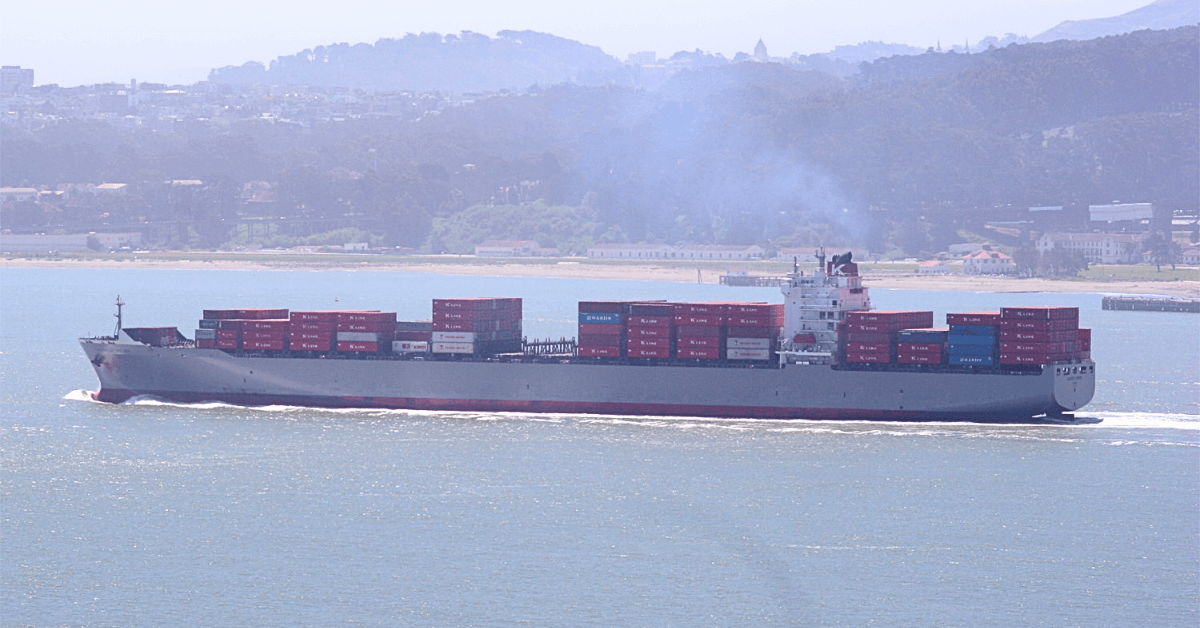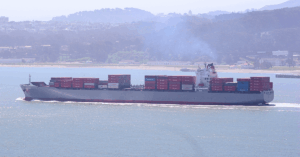
Seatrium To Deliver One Of World’s Largest FPSOs To Petrobras’ Buzios Field
July 17, 2025
Houthi Attacks & Unpaid Dues Force Israel’s Red Sea Port To Halt Operations
July 18, 2025

Japanese shipping company Kawasaki Kisen (K-Line) is preparing to reroute more of its vessels away from the United States as it gets ready for the possibility of increased U.S. tariffs. This was shared by CEO Takenori Igarashi during an interview on Wednesday.
Igarashi said that the company has already made some changes to its U.S. services and may shift more ships to other regions. He mentioned that there have been times when ships on certain routes were not fully loaded, leading the company to reduce how often it runs container services between East Asia and the United States.
He said that K-Line is currently adjusting its fleet capacity based on the amount of cargo available. Since taking over as CEO in March, Igarashi said the company has been closely watching trade developments, especially concerning tariff changes between the U.S. and China.
For the financial year ending in March 2026, K-Line expects to face an impact of around 30 billion yen, which equals approximately $200 million. This includes losses from its car carrier segment, a drop in container volumes, and lower freight rates.
The container shipping division is expected to be particularly affected, depending on the outcome of U.S.-China tariff talks. U.S. President Donald Trump has warned that higher tariffs could be imposed on several trading partners if trade deals are not finalised by August 1.
Igarashi explained that depending on the final tariff levels different countries receive, and how those affect global trade flows, the result could actually benefit shipping in some cases, especially if cargo has to travel longer distances.
K-Line may redirect vessels from U.S.-focused routes to other destinations such as Europe, the Middle East, Africa, and Australia to deal with the changes in demand due to tariff uncertainty. However, Igarashi added that the company won’t make sudden or major changes without a clearer view of where trade policies are headed. Strategically, it might reduce vessel numbers slightly, but for now, the company is taking a “wait-and-see” approach.
Reference: Reuters
Source: Maritime Shipping News


